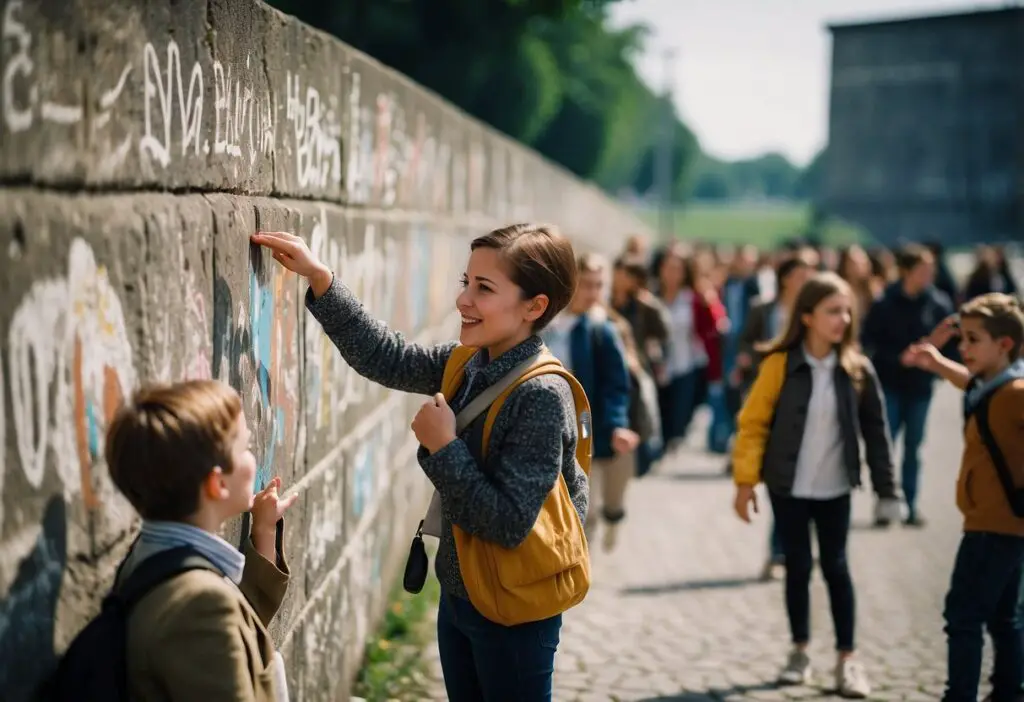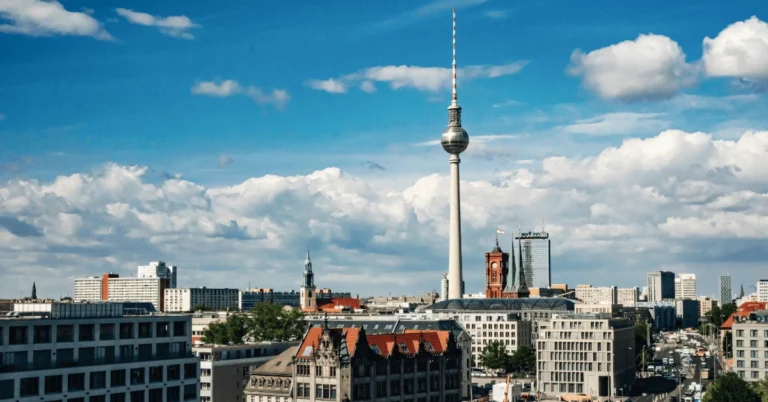Dive into the rich history and vibrant culture with our guide to Berlin Wall Activities. From exploring iconic remnants and memorials to engaging in interactive exhibits and tours, discover how to experience the legacy of the Berlin Wall. Uncover the stories and sights that make this landmark a must-visit destination in the heart of Berlin.
Overview of the Berlin Wall

Historical Context
The Berlin Wall, constructed in 1961, physically and ideologically divided East and West Berlin. Due to post-World War II agreements, Berlin was split into four sectors controlled by the United States, the Soviet Union, Britain, and France. The Wall symbolized the larger inner-German border.
Under Soviet influence, East Germany became a socialist state, while West Germany thrived as a democratic nation. The Wall’s construction aimed to stem the mass exodus from East to West, a literal and figurative barrier between communism and democracy. Its presence was a stark reminder of the ideological clash of the Cold War and the Iron Curtain that divided Europe.
Significance in World History
The Berlin Wall stood as a powerful symbol of Cold War tensions. Spanning about 27 miles within Berlin, it included a complex system of walls, barbed wire, and guard towers. The Wall’s ‘death strip’ claimed many lives, underscoring the desperation and political repression that marked East Germany.
The fall of the Wall on November 9, 1989, signaled the imminent collapse of Soviet influence and the dawn of new political realignments. It catalyzed German reunification and heralded the end of the Cold War. This historic moment reshaped global relations, marking the triumph of democracy over coercive totalitarianism.
Educational Resources and Activities

Teaching Materials and Standards
Teaching the history of the Berlin Wall involves a variety of resources that adhere to historical teaching standards. For example, the Berlin Wall Memorial offers materials for classroom activities that meet historical teaching standards. These include lesson plans, primary source documents, and analysis worksheets, which are helpful for both teachers and students.
Numerous resources align with the Common Core and World History Era 9 standards. They cover significant aspects such as the Cold War’s geopolitical tensions and the Berlin Wall’s impact on global history. I also recommend utilizing various multimedia resources, including historical witness videos and overhead projector presentations, to make the lessons more vivid.
Interactive Learning Experiences
For an engaging learning experience, interactive activities are essential. Websites like the Smithsonian Learning Lab provide dynamic content that explores the crisis leading to the Berlin Wall. These activities include primary source analysis and multimedia elements to bring history to life.
I particularly enjoy immersive curriculums like the Wende Museum’s Berlin Wall & Beyond. These include videos, lesson plans, and real-life accounts from historical witnesses. UCLA and the National Center for History in the Schools also offer robust resources, ensuring educators have the tools to teach effectively.
Berlin Wall Attractions and Visitor Information

When exploring Berlin Wall activities, the Berlin Wall Memorial is a must-see. Located on Bernauer Straße, this historical site features an impressive outdoor exhibition. This open-air display covers several areas with rich historical audio materials and photos.
Opening hours vary depending on the specific section. The Documentation Center and the Visitor Center are open from 10 a.m. to 6 p.m. Tuesday through Sunday.
Walking through these outdoor grounds, one can see a 70-meter stretch of the Berlin Wall with the original border strip and a watchtower. This setup offers a vivid impression of the era.
Visiting the observation tower provides a panoramic view of the layout and gives a broader understanding of the site’s historical significance.
Don’t miss the Marienfelde Refugee Center Museum, another powerful part of the Berlin Wall Memorial. It documents the history of refugees who fled East Germany.
I recommend starting at the Visitor Center, where you can get maps and detailed information about the exhibits. Prefabricated presentations in the Documentation Center offer deeper insights into the history of the Berlin Wall.
Planning your visit can help maximize your experience, allowing you to explore the profound impact and stories tied to this iconic historic landmark. Check their official sites for the latest opening hours and special events updates.
What attractions are near Berlin Wall?
Attractions near the Berlin Wall include the East Side Gallery, Checkpoint Charlie, and the Berlin Wall Memorial, which offer a deep dive into its history and impact.
What are the events of the Berlin Wall?
The events of the Berlin Wall include its construction in 1961, the division of Berlin during the Cold War, and its fall on November 9, 1989, symbolizing the end of the Cold War.
Is it worth visiting Berlin Wall?
Yes, visiting the Berlin Wall is worth it for its historical significance, the impactful stories it tells, and the striking artworks at the East Side Gallery.
Is the Berlin Wall free to visit?
Yes, visiting the Berlin Wall is free. Key sites like the Berlin Wall Memorial and East Side Gallery have no admission fees.
If you liked this blog post about the topic of Berlin Wall Activities, don’t forget to leave us a comment down below to tell us about your experience with it.






